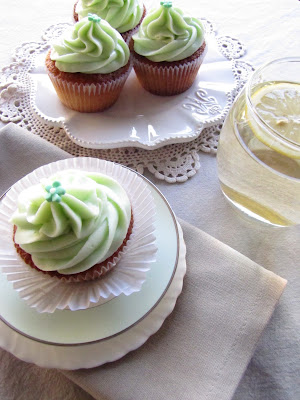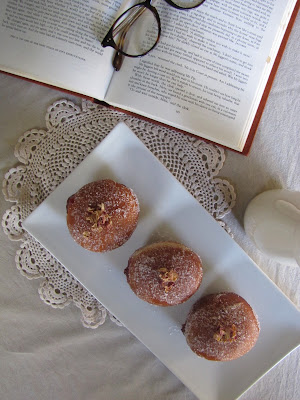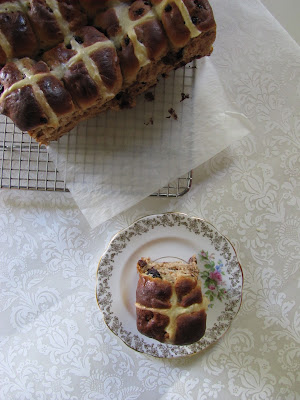It's sad to realise that for the better part of my life, I wasn't as close to maple syrup as I would have liked, and this is despite pancakes being one of the first things I learnt how to cook. I think it's fair in assuming that up until recent years, most Australian households were consuming... maple flavoured syrup. It's runnier, sweeter and sicklier. It has a funny after-taste and is just inferior. I forget the exact moment that I tasted real, thick, pure maple syrup for the first time, most likely because I was on such a sugary high that it simply didn't matter. But, I can never go back to maple flavoured syrup, even if it is about a quarter of the price. Sometimes, and often with food, quality matters. Paying extra is worth it.
Maple syrup goes so well with most fruits, but in Autumn and Winter, I try to consume as many pears as possible. So it's only natural that eventually I realised these two flavours could only be improved upon in one way: in macaron form. I would have loved to have slices of dried pear atop these macarons, but this was just one too many steps in between me and a mapley macaron. So there's a nice improvement to this recipe, if you have the patience.
Ingredients
For macarons:
150 gms ground almonds
150 gms icing sugar
110 gms egg whites, separated into 2 lots of 55 gms
150 gms white sugar
37 gms water
dash brown food colouring
For maple buttercream:
300 gms butter, at room temperature
400 gms icing sugar, sifted (approximately)
2 tbsps pure maple syrup (not maple flavoured syrup!)
For poached pears:
2 beurre bosc pairs, peeled
4 cups water
1 1/3 cups sugar
vanilla bean, split and seeds scraped
For the macarons shells, follow instructions as shown here.
While macarons are resting and baking, you can poach your pears. Place sugar and water in a medium saucepan, and heat until the sugar has dissolved. Add the vanilla bean and seeds and your pears, covering with a cartouche to assist pears to cook evenly and to assist in reducing the liquid slightly. Simmer for about 20 minutes until just soft, and allow to cool in the sugary liquid.
Once macarons have been baked and cooled, completely, make your maple buttercream. Mix the butter in the bowl on an electric mixer fitted with the paddle attachment, starting on a medium speed and increasing to high, until butter is smooth. Gradually add the icing sugar and maple syrup, whipping until at your desired consistency.
Pipe buttercream onto half of your macaron shells, and top with a small piece of diced poached pear. Sandwich with remaining macaron shells.
Another way to subtly change your flavours would be to add extra flavours and spices to your poaching liquid: star anise, citrus peel, cinnamon. The options and endless, really. You could also then add some of your poaching liquid into the maple buttercream... I wish I'd thought of that earlier.
Recommended baking soundtrack: Horse Feathers - Thistled Spring.






















































